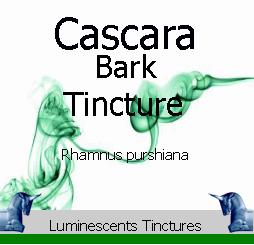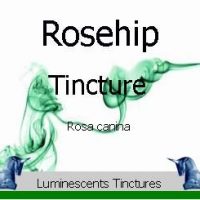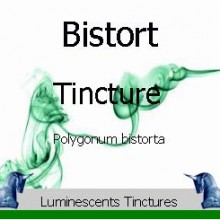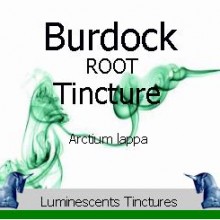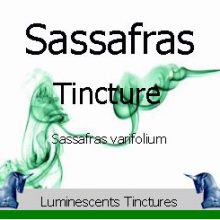Cascara, from which this Cascara Bark Tincture is extracted, was introduced to Spanish priests in California by the Native American Indians in the area in the sixteenth-century.
Cascara is a deciduous tress and is medium-sized. It grows 30 feet high with slender branches and a reddish-brown bark. Its elliptical leaves are yellow-green with jagged edges and cluster at the tip of the branchlets. In May and June the tree blooms with attractive green and white flowers and in September sprouts round and black, berry-like fruits.
Traditional uses for Cascara Bark Tincture:-
The Indians named the herb cascara sagrada, meaning sacred bark and would strip the bark from the tree in spring and into early summer. They would then infuse the dried bark in boiling water to prepare a decoction for the treatment of constipation.
Cascara was later adopted by American physicians in 1877 and has been listed in the American Pharmacopoeia since 1894. Today, the herb is considered one of the worlds most common treatments for constipation and is a key ingredient in most over-the-counter laxatives.
The bark, when eaten raw, is bitter, and causes nausea, hence it is dried before being prepared for medicinal use.
The bark is stripped from the trunk in spring and early summer and dried in the shade for a period of one year, before being cut and sold, or prepared in formulas for medicinal use.
The bark contains Cascarosides which have a cathartic action that irritates the intestines, causing normal contractions (peristalsis) of the intestinal wall muscles a blend of anthraquinones brings about the laxative effect, or peristalsis.
It has been said that no synthetic substance can match the action of cascara, especially since it is mild enough to be administered to the elderly and those in poor health. It is also safe to use and non-habit forming.

